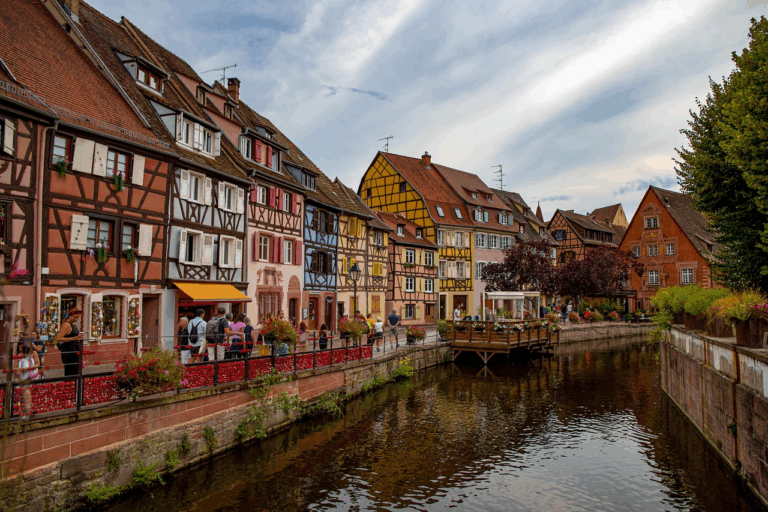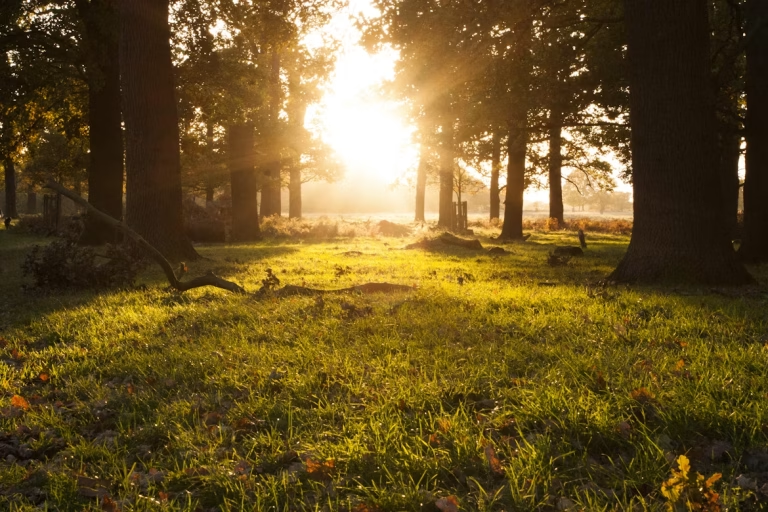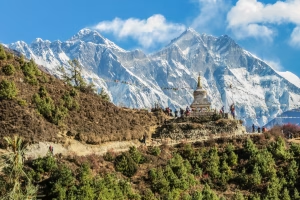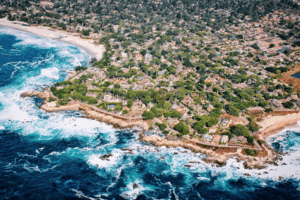Every time I ask a tourist which cities they’ve explored in Italy, I receive the same answer: Rome, Milan, Florence, Venice, and Naples. While these five cities are definitely must-sees, Italy is full of lesser-known places that deserve your attention. From hidden lakes to fabulous medieval towns, from towering mountains to pristine coastlines, here are the authentic Italian experiences that locals truly cherish.
Quick List: Italy’s 9 Hidden Gems
9. Orvieto – Umbria’s Hidden Jewel
8. Palermo – Sicily’s Cultural Capital
7. Padua – Venice’s Cultured Neighbor
6. Turin – Italy’s Forgotten First Capital
5. Monte Baldo – Lake Garda’s Mountain Marvel
4. Bolzano – Alpine Italy’s Quiet Gateway
3. Cosenza – Calabria’s Cultural Heart
2. Assisi – Spiritual and Artistic Wonder
1. Siena – Tuscany’s Medieval Masterpiece
9. Orvieto
I don’t think I’ve ever met a single person who has visited Orvieto—and that’s a shame. This is one of Italy’s true hidden gems.
Orvieto is a small town in Umbria, known for its quiet charm. The Duomo, the main cathedral, is an outright masterpiece. Built in 1290, it’s one of the most beautiful churches I’ve ever seen—and I’ve seen many.
But this medieval town offers much more. For example, you can’t miss the Orvieto Underground, a network of vast tunnels, or the Pozzo di San Patrizio, a 54-meter-deep well that’s fully accessible to visitors.
Still, I think the best experience here is simply walking around and exploring one of Italy’s many hidden villages.
8. Palermo
Palermo is the largest city in Sicily. While not as unknown as Orvieto, I get the impression that tourists often skip Sicily altogether and focus only on Sardinia.
Palermo and its surroundings offer an accurate portrait of Sicilian life. While it’s not exactly an underrated coastal town—being the fifth-largest city in Italy—its coast alone is worth the entire trip.
Like almost every Italian city, Palermo is rich in history. You absolutely must visit the Teatro Massimo, the majestic cathedral, and stroll through the old neighborhoods filled with beautiful palaces. And don’t miss the chance to swim in the sea!
7. Padua
I recently visited Padua for the first time, and I immediately wondered: why hadn’t I come here sooner?
Padua is located just 40 km from Venice, making it the perfect addition to a trip in the area. It offers plenty of things to do.
You absolutely can’t leave without seeing the Scrovegni Chapel, a masterpiece of frescoes by Giotto. You should also visit Prato della Valle, one of the largest squares in Europe, and the nearby Basilica of Saint Anthony, one of the most impressive churches I’ve ever seen—especially its interior.
Padua is an underrated destination in Italy. When I visited, I saw a few tourists, but nothing compared to the crowds in the bigger cities. This city is perfect if you want to explore a lesser-known spot without going completely off the grid.
6. Turin
Turin isn’t a small city—it’s the fourth-largest in Italy—but I’ve realized over time that not many people actually visit it.
Many who do go there focus only on the Egyptian Museum, one of the largest collections of its kind. But Turin offers so much more.
As Italy’s first capital, it boasts a majestic Royal Palace that connects to the main cathedral. You must also visit the Mole Antonelliana, a 167-meter-tall architectural masterpiece built in 1863. Once at the top, you’ll enjoy a stunning panoramic view of the city.
Honestly, I could spend hours telling you what to do in Turin. A whole week wouldn’t be enough to see everything. But let me recommend two more highlights:
- The Basilica of Superga, an elegant church perched on a nearby hill
- The former royal hunting lodges of Stupinigi and Venaria Reale
Turin may be a major city, but it’s often overshadowed by nearby destinations. Explore it, and you’ll be amazed by its wealth of history.
5. Monte Baldo
Now it’s time to talk about one of Italy’s natural wonders.
Lake Garda is incredible—stunningly beautiful and full of tourists. While Lake Como might be more famous, Lake Garda attracts thousands of visitors each year. But what if I told you that you can ride a cable car to the top of nearby Monte Baldo and enjoy a breathtaking landscape?
The lake is surrounded by historic coastal towns, but I recommend going to Malcesine and taking the funicular that brings you to the mountain top in just a few minutes. From there, you’ll enjoy one of the most stunning views I’ve ever seen—Italy’s largest lake nestled between mountains.
If you’re feeling adventurous, you can even hike along the mountain trails. The path is tough, but the views are absolutely worth it.
.
4. Bolzano
Bolzano is the last medium-sized city before the northern border. Tucked in the middle of the mountains, it’s not very big, but it’s definitely one of the quietest Italian destinations.
You can visit the city center, the main cathedral, and the local markets. But if you come here, you come for the mountains.
Take a cable car and hike across mountain peaks, or start your trek directly from the city center. You can also rent a bike and explore the area’s scenic cycle routes.
To wrap up your visit, check out nearby natural gems like Lake Monticolo.
3. Cosenza
Now let’s head back south, to the heart of Calabria.
Cosenza is one of Italy’s lesser-known travel destinations. As always, I suggest starting by exploring the city center—walk along the river, visit historic palaces, and enter the cathedral.
After that, visit the National Gallery of Cosenza, full of artwork and masterpieces from across Italy. Then, head up to the castle, a medieval structure perched on a nearly 400-meter-high hill. There, you can explore ancient dungeons and enjoy panoramic views.
Finally, make sure to visit the coast—San Lucido is the closest beach, but you can also discover beautiful places like Praia a Mare.
2. Assisi
Assisi is one of the most unique Italian towns to visit.
Located in the hills of Umbria, it’s steeped in history. You can explore the countryside and rolling hills, but this time, the magic lies in the town itself.
Assisi is the birthplace of Saint Francis, the patron saint of Italy. Because of this, the town holds deep religious significance. You must visit the Basilica of Saint Francis of Assisi, which houses breathtaking frescoes by Giotto.
Explore the monastery, the crypt, and—just as importantly—wander through the medieval streets. You’ll find hidden gems at every corner.
1. Siena
Finally, we arrive at the last destination: Siena.
Siena is a true hidden gem in Tuscany, and I strongly recommend adding it to your itinerary—whether you’re exploring the Tuscan countryside or staying in Florence.
Siena was a major power in medieval times, and the wealth of its ruling class is still visible today.
This time, I don’t even know where to begin. As usual, you can simply walk around—but here, it’s different. Siena is small, especially compared to Turin, Padua, or Palermo. You can easily see the whole city in one day.
Start at the main square, Piazza del Campo, a stunning space that hosts the Palio—a famous horse race held twice a year. The Public Palace faces the square, and don’t miss the chance to climb its 88-meter-tall Torre del Mangia, built in 1348!
Next, you must visit the main cathedral, which was never completed due to the Black Death—but it’s massive nonetheless. The interior is filled with precious mosaics, and the architecture is just breathtaking. If you didn’t climb the main tower, you can also climb part of the cathedral and enjoy a panoramic view of this medieval town nestled in the Tuscan hills.
Experience Authentic Italy
We’ve explored a variety of underrated locations and charming small towns across Italy—from the mountains to historical cities, from coastal escapes to medieval gems.
I hope this guide inspires your next trip to Italy.
The message I want to share is simple: Italy is full of small masterpieces, often skipped by mass tourism. If you choose one of these destinations, you’ll uncover incredible hidden spots—and experience the real, non-touristy side of Italy.







